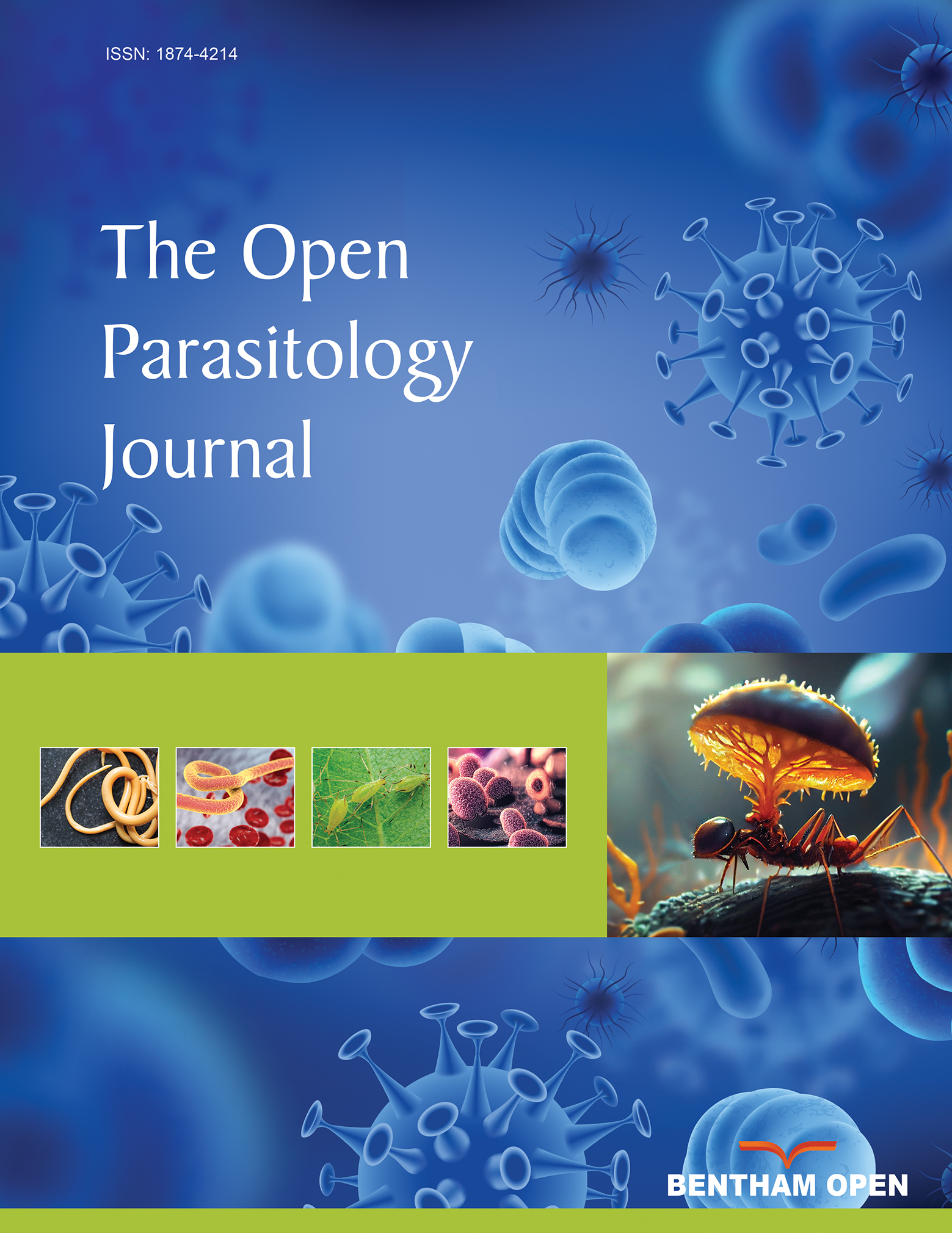All published articles of this journal are available on ScienceDirect.
Sexual Choice in Males of the Triatoma brasiliensis Complex: A Matter of Maintenance of the Species or Genetic Variability?
Abstract
Background:
Members of the Triatoma brasiliensis complex can produce experimental and natural hybrids. Crossing experiments performed in the laboratory, with several combinations between species of that complex, revealed a gradient of reproductive affinities among them. However, little is known about the reproductive males’ choices when they have the possibility of copulating with females of different species, including interspecific and conspecific females, at the same time. In this unprecedented experiment, the sexual choices of the T. brasiliensis complex and Triatoma infestans males were observed.
Methods:
Virgin males and females of T. b. brasiliensis, T. sherlocki, and T. infestans, and females of T. juazeirensis were used. The experiment was developed in an arena in which one male, one conspecific female, and two non-conspecific females were observed for 15 minutes. The following variables of mating behavior were observed: the male’s choice for a female; displacement time (the time it took the male to move from its stall until it reached the female); the copula itself (number of attempts and its occurrence); and the type of rejection of copula by the female.
Results:
Males of T. sherlocki were faster in finding the females (conspecific and non-conspecific) than T. b. brasiliensis and T. infestans. Males of T. b. brasiliensis and T. sherlocki were able to copulate with conspecific females and other female species: T. infestans and T. b. brasiliensis/T. juazeirensis, respectively. While T. infestans copulated with conspecific females, and T. juazeirensis and T. b. brasiliensis females.
Conclusion:
The results suggest that the choice for the copula is not always towards conspecific females. In fact, the males of the three different species tested were able to copulate with their conspecific females and also with other female species, which may induce the formation of hybrids and greater genetic diversity. These findings pose new challenges to the understanding of the reproductive behavior and the evolutionary aspects of the Triatominae. Therefore, in areas of sympatry, if no ecological barriers exist, there is the possibility of natural hybridization, which might reflect in the epidemiological risks since the species studied occur in endemic areas for the Chagas disease.


